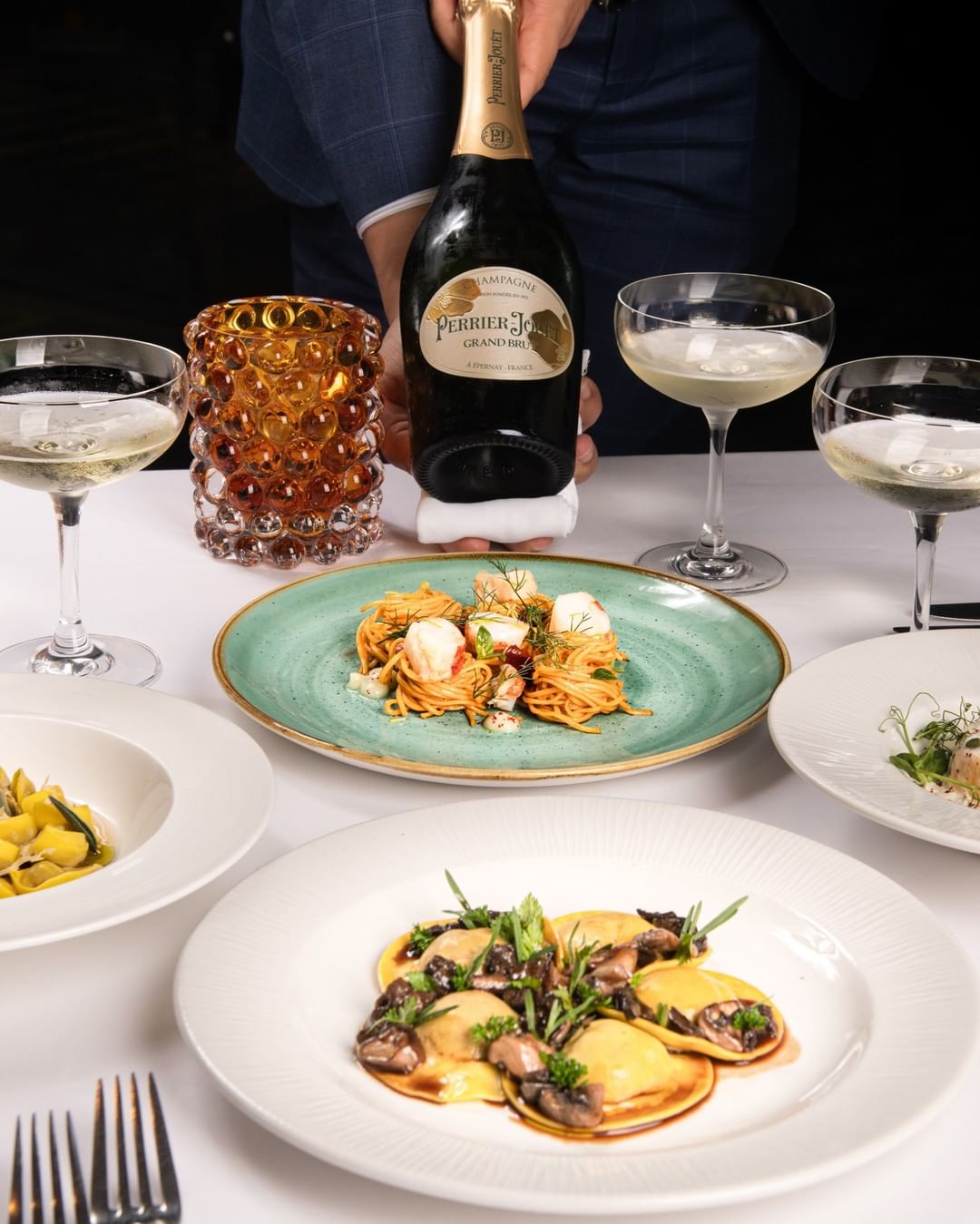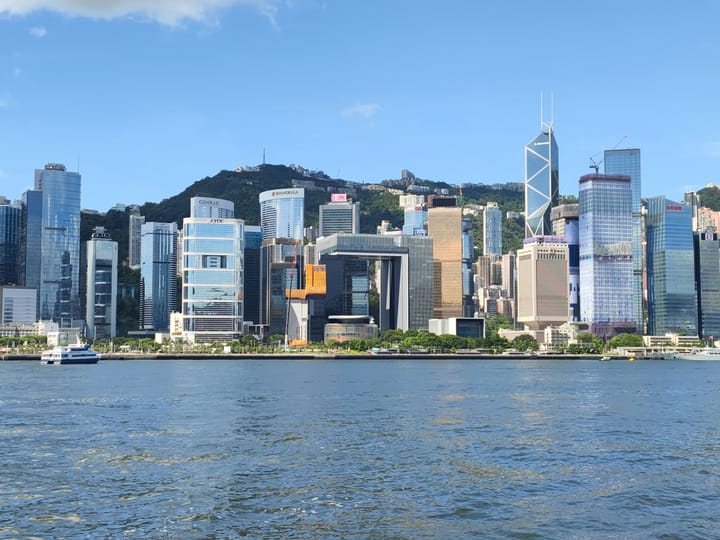Francesco Gava’s culinary journey from Italy to Hong Kong
When asked about Italian food stereotypes that need correcting in Hong Kong, Lucciola’s Chef de Cuisine, Franceso Gava threw his hands up and asked, “Where do I start?”

A few minutes every morning is all you need.
Stay up to date on the world's Headlines and Human Stories. It's fun, it's factual, it's fluff-free.
When asked about Italian food stereotypes that need correcting in Hong Kong, Lucciola’s Chef de Cuisine, Franceso Gava threw his hands up and asked, “Where do I start?”
Principles matter to Gava; they’re the makeup of the team and, thus the makeup of the food at The Hari’s Italian restaurant – Lucciola. At the restaurant, you will find representative dishes from Italy’s different regions, true to their qualities. Gava points out that their “contemporary node” is nothing about adapting to local tastes, but trying to elevate the dishes with their skills, expertise and the best ingredients they can get their hands on.
Their zero-waste principle is most remarkably seen in their spaghetti alla chitarra, coda d’astice e limoe – the handmade spaghetti pasta with lobster tail, lemon and basil sauce. From claw to tail, you’ll find the whole lobster fully utilized in the dish.
We sat down with Gava to chat about his culinary journey, penchant for authentic Italian food and misconceptions about Italian food in Hong Kong.
Q: How did you get started in the culinary world? Have you always wanted to be a chef?
A: When I dreamt as a kid of what I would do, I thought of exciting jobs like becoming a motocross rider or an astronaut. But my path into the world of gastronomy was set quite early on. I started taking it a lot more seriously when my parents enrolled me into culinary school, which led me to doing seasonal jobs between school holidays, working from the bottom up. This included washing pots and dishes, kitchen prep - all of it.
The thing about the culinary world, though, is that being able to grow in this field is difficult, but it is also really rewarding. I’ve been quite lucky to be able to find good teams to work with, surrounded by some incredibly motivated people. And while there was definitely some friendly competition, it always pushed us to reach our potential. For example, racing to prepare and finalize the best dish.
Q: What’s your favorite dish to prepare?
A: It sounds like a cliche, but being Italian myself, every pasta dish is my favorite. But pasta isn’t just pasta; each pasta dish is unique and complex in its own way, which is why it’s my favorite. You have dry pasta, fresh made pasta, the shape can vary, the brands can differ, and as such the cooking methodology changes accordingly as well. The thing is that pasta is a very delicate ingredient with sensitive cooking times – think expensive meat and fish. Specifically, keeping pasta perfectly al dente is difficult especially when done in a restaurant setting, because you might be cooking the same pasta dish 30 times a day, and every time, it has to be perfect.
Q: How does Lucciola bring together the contemporary and heritage flavors of Italian cuisine?
A: Lucciola is a place where the best of Italy’s culinary heritage is showcased under one roof. We don’t simply focus on one region but instead highlight all of Italy and the best of what it has to offer. We honor traditional dishes like homemade tonnarelli Cacio e Pepe, Vitello tonnato, and Milanese but also present dishes with a modern twist, such as sea urchin linguine carbonara and tagliatelle with frog leg ragout and tarragon.
Q: What is the one thing that you would like customers to retain with them after leaving Lucciola?
A: We want customers to leave Lucciola taking with them the feeling of true and authentic Italian culture, hospitality, and cuisine.
Q: Are there any misconceptions/ stereotypes about Italian food that you would like to set straight?
A: The ratio of pasta to sauce - it is a delicate balance and pasta does not need to be soaking in sauce for it to taste good.
Honestly, when I see a dish that is overloaded with sauce, I can’t help but feel disappointed. We Italians eat pasta, not spoonfuls of sauce. In fact, the sign of a quality pasta dish is when its able to simultaneously preserve both its simplicity and its complexity. For example, Aglio E Olio or a fresh homemade pasta with fresh alpine butter and aged Parmigiano Reggiano cheese is absolute heaven.
Q: Tell me a fun fact about the restaurant or a fact that not many people know.
A: I think you’ll have to come visit and find out for yourself!




Comments ()